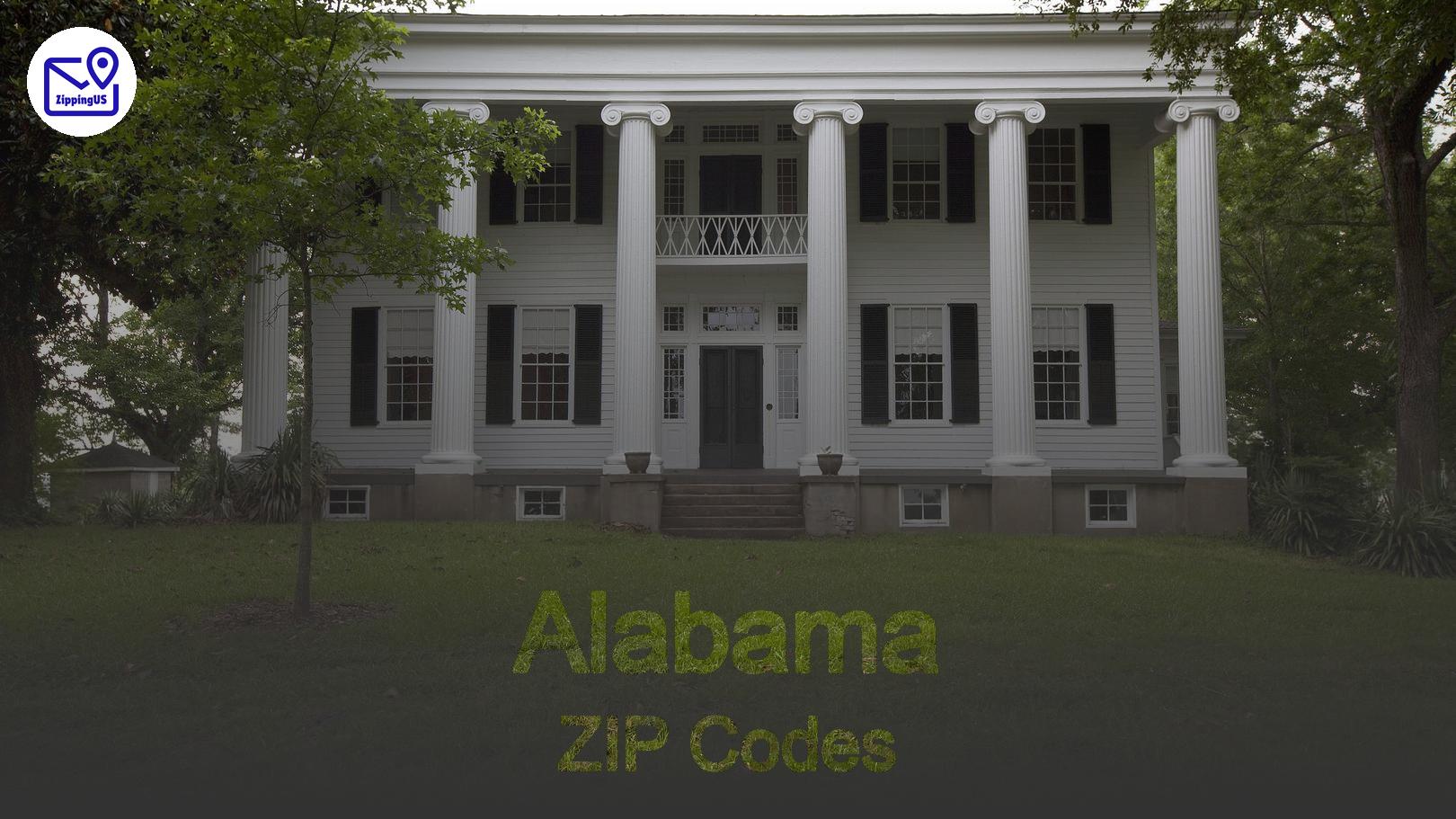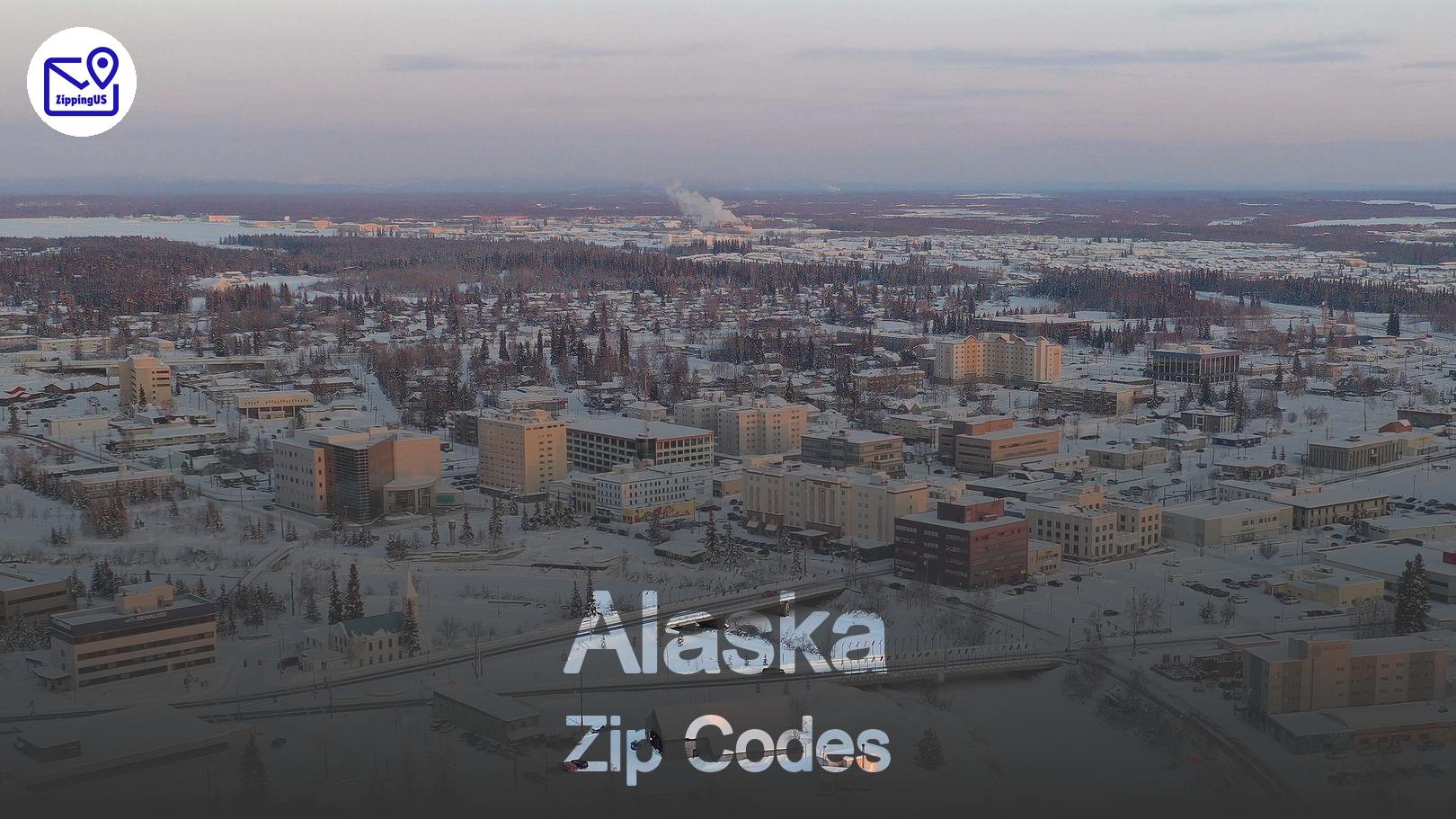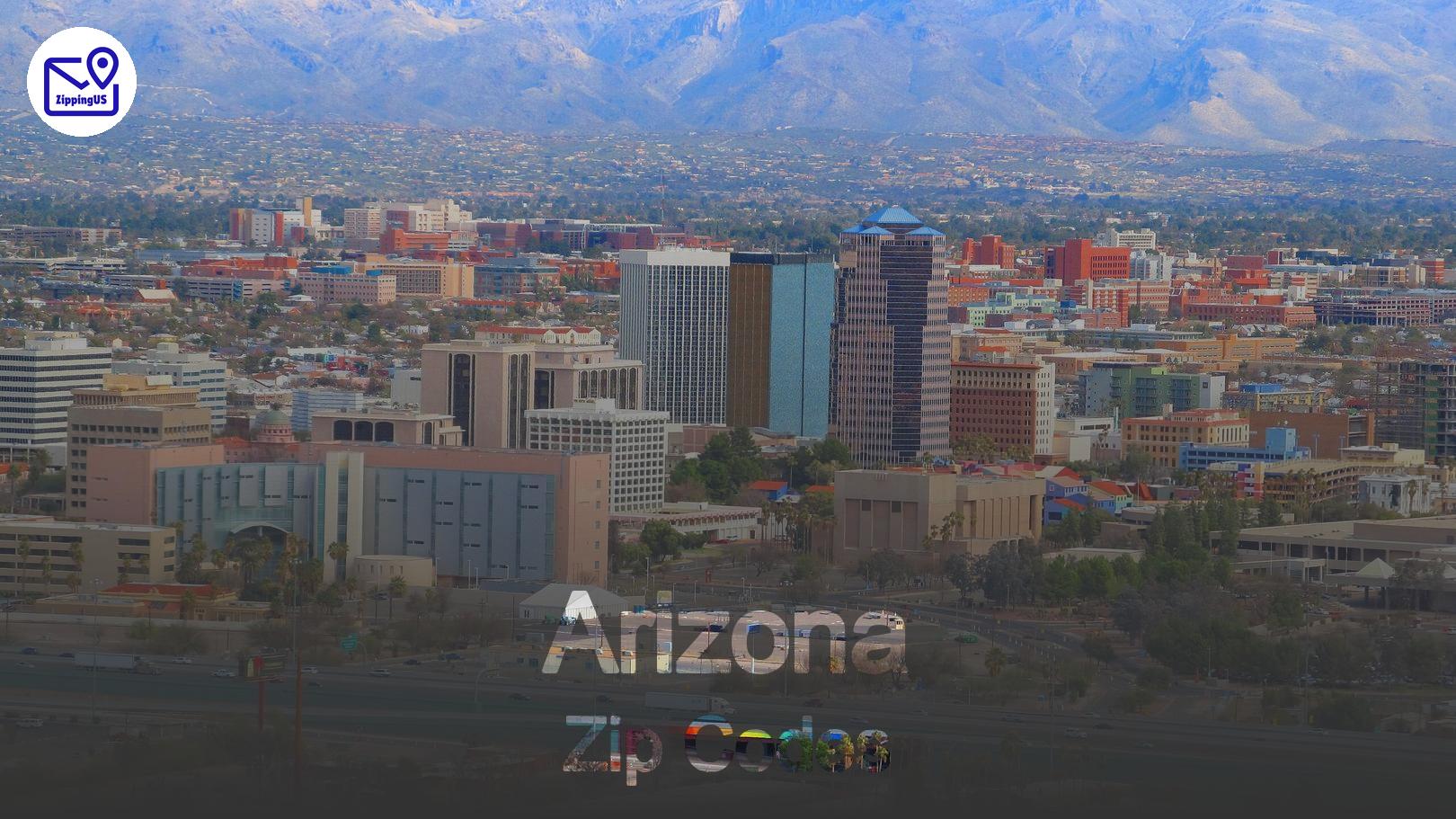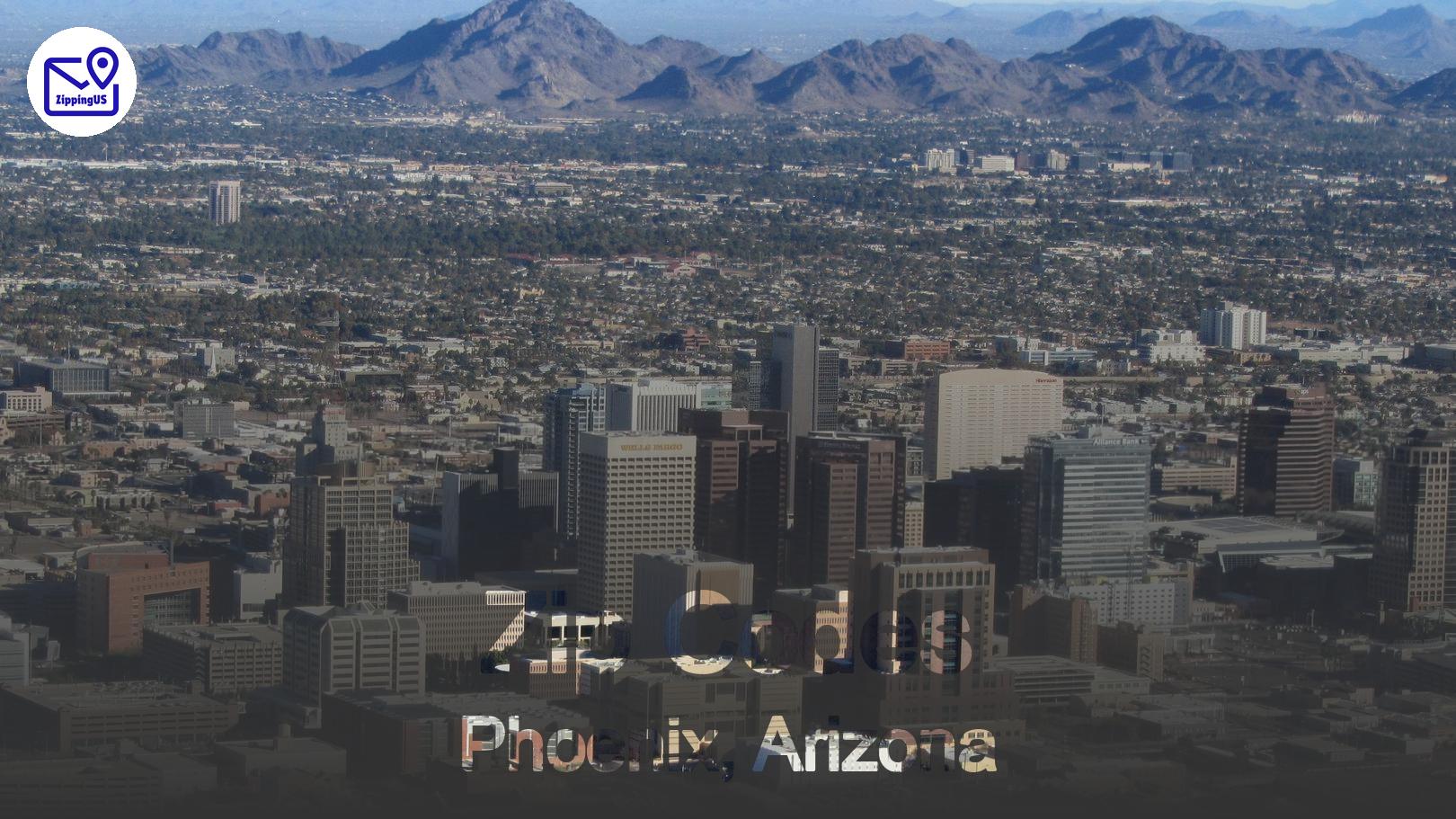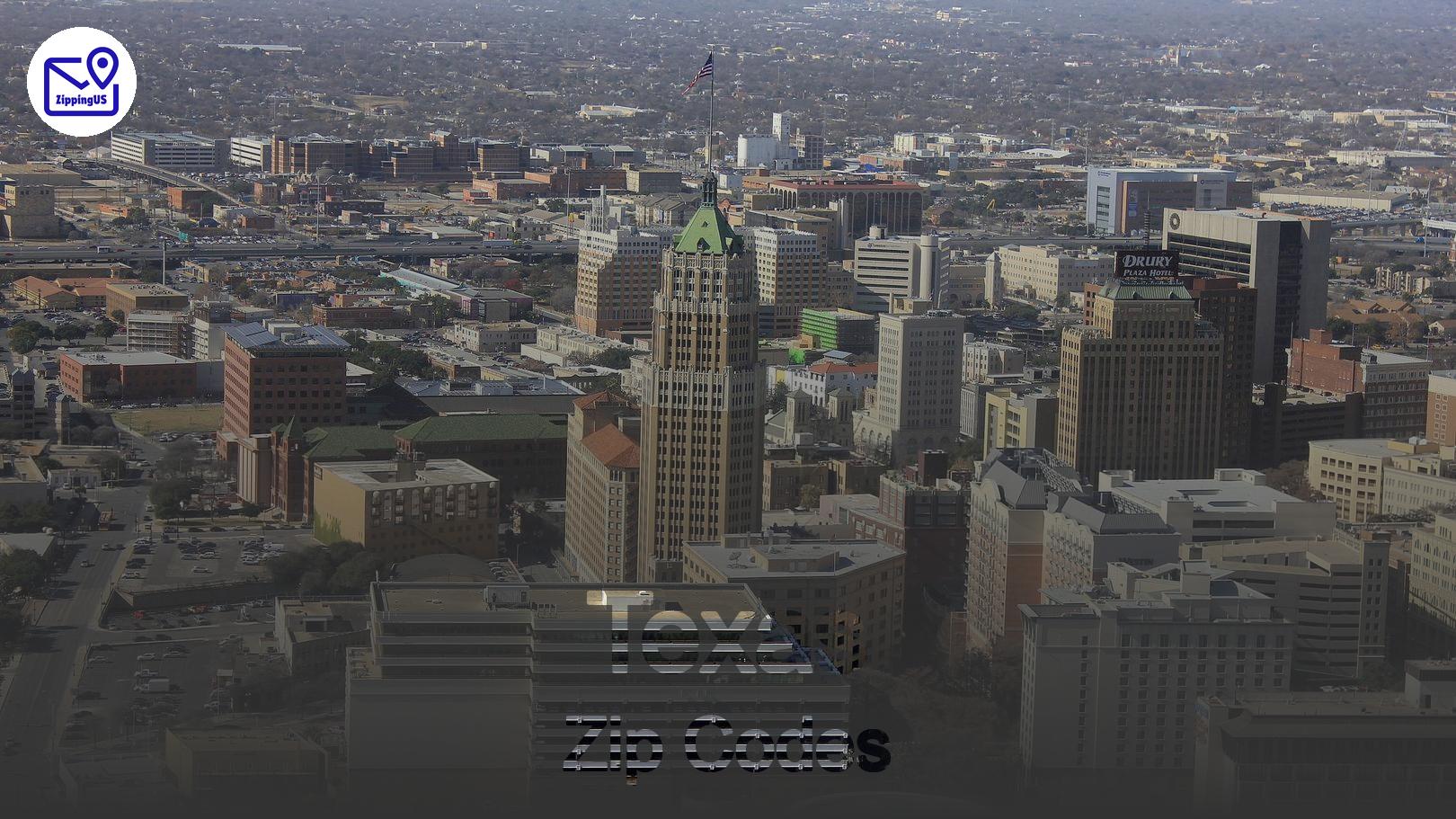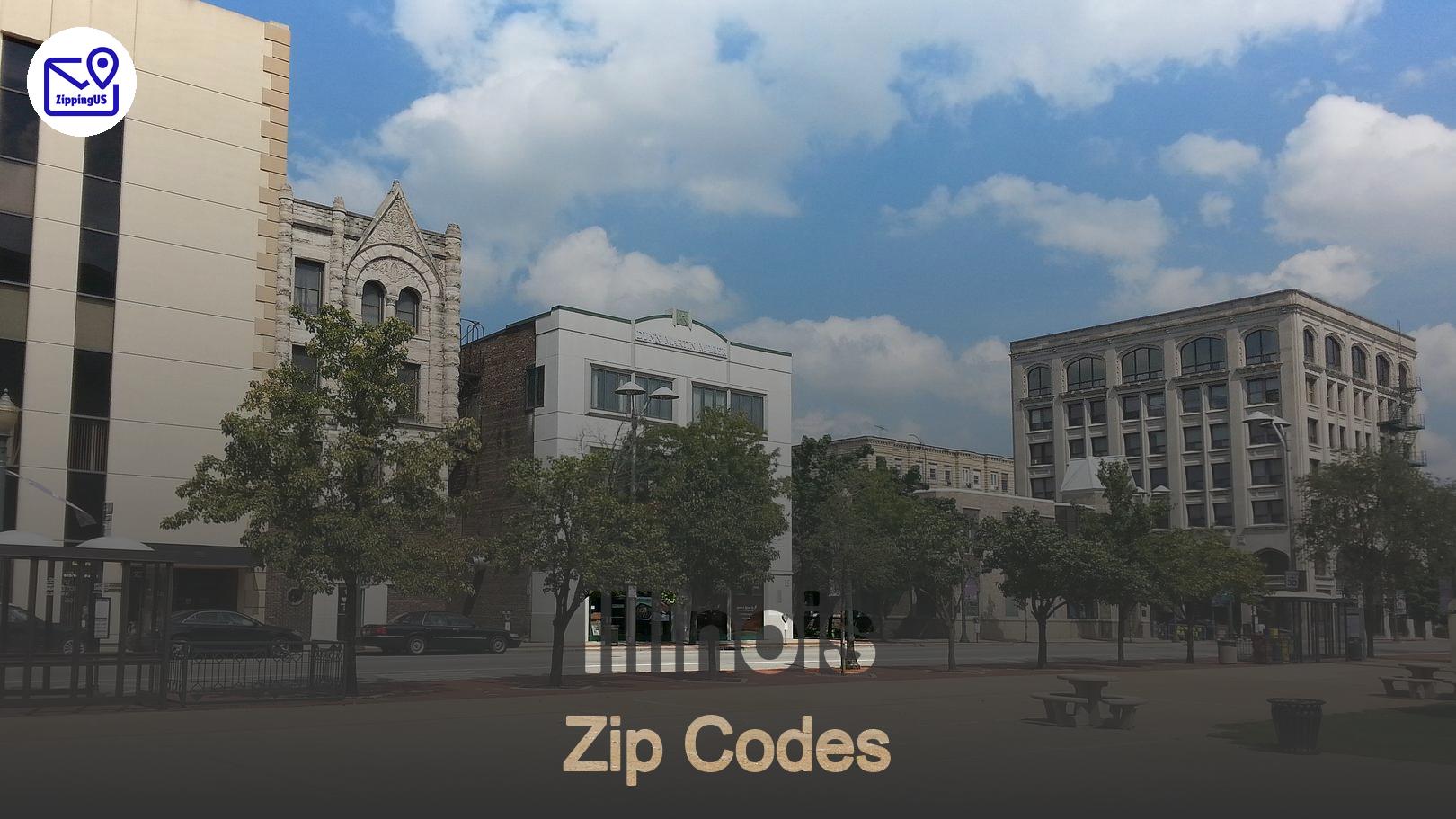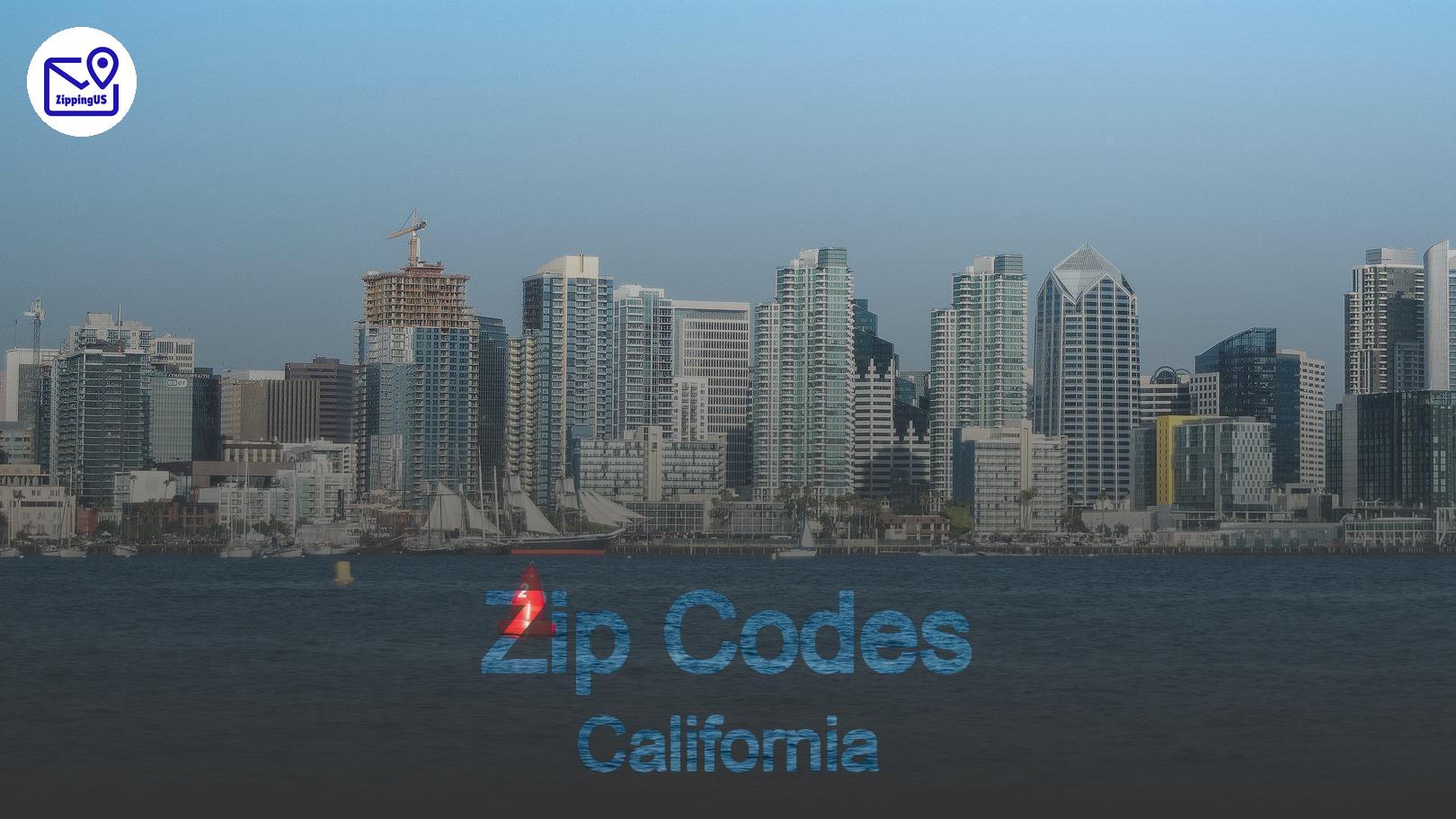When it comes to navigating Kansas, knowing the zip codes can make your life a whole lot easier. Whether you're moving to a new city, looking for a local business, or simply mailing a letter, Kansas zip codes are essential for getting things where they need to go. This guide covers everything you need to know about Kansas zip codes, including how they work, major cities, and tips for finding the right one.

What Are Zip Codes?
Zip codes (short for Zone Improvement Plan) are a system the United States Postal Service (USPS) uses to organize mail delivery. Each code represents a specific area, helping postal workers get your mail to the right place as quickly as possible. Zip codes in Kansas range from 66002 to 67954, covering a variety of towns, cities, and rural areas.
Major Cities and Their Zip Codes
Kansas is home to many cities and towns, each with its own set of zip codes. Let’s take a closer look at the major cities in Kansas and the most common zip codes for each.
1. Wichita, KS
Wichita, the largest city in Kansas, has a variety of zip codes covering different neighborhoods. If you're heading to Wichita or sending mail there, here are some of the key zip codes:
- 67202: Downtown Wichita
- 67212: West Wichita
- 67226: Northeast Wichita
- 67203: Riverside and Delano areas
2. Overland Park, KS
Located in the Kansas City metropolitan area, Overland Park is a bustling suburban city. The main zip codes for Overland Park include:
- 66204: Central Overland Park
- 66210: Johnson County Community College area
- 66221: Southern neighborhoods
- 66223: Eastern parts of the city
3. Kansas City, KS
Kansas City, Kansas (KCK), is part of the greater Kansas City metro and has several zip codes:
- 66101: Downtown KCK
- 66106: Turner area
- 66109: Western parts near Legends Outlets
- 66111: Bonner Springs and Speedway
4. Topeka, KS
The state capital of Kansas, Topeka, is a hub for government and history. Key zip codes in Topeka include:
- 66603: Downtown Topeka
- 66604: Washburn University area
- 66614: West Topeka
- 66618: North Topeka
How to Find Kansas Zip Codes
Finding the right zip code is important whether you’re sending a letter, package, or trying to figure out which area a city covers. Here are a few easy ways to find zip codes for Kansas:
- Online Zip Code Lookup: USPS has a tool that allows you to enter an address and instantly find the zip code.
- Google Maps: You can enter the city or neighborhood name in Google Maps, and the zip code usually appears right on the map.
- Local Post Offices: If you’re in a pinch, visit any local post office, and they’ll help you find the zip code for any location.
Why Zip Codes Matter
You might be wondering why zip codes are so important. Well, aside from ensuring your mail gets delivered, zip codes are also used in other areas of life:
- Demographics and Marketing: Businesses use zip codes to target specific areas for marketing campaigns. For example, a restaurant in Wichita might focus its promotions on zip codes like 67212 and 67203.
- Real Estate: When buying or renting a home, the zip code can give you a good sense of the area’s schools, crime rates, and even property values.
- Emergency Services: Zip codes help emergency services like firefighters and police officers locate where help is needed.
Rural Kansas Zip Codes
While cities like Wichita and Kansas City have a variety of zip codes, rural Kansas towns often have just one or two zip codes for the entire town. Some examples include:
- Dodge City, KS: 67801
- Hays, KS: 67601
- Garden City, KS: 67846
- Liberal, KS: 67901
These rural areas may cover larger geographic spaces but have fewer residents, which is why they tend to have fewer zip codes.
Fun Facts About Kansas Zip Codes
- First Kansas Zip Code: The lowest zip code in Kansas is 66002, which is for Atchison, a town known for being the birthplace of Amelia Earhart.
- Largest Zip Code Area: Some rural Kansas zip codes, like 67701 (Colby), cover large stretches of farmland and open space.
- Military Presence: Kansas is home to several military bases, including Fort Leavenworth (66027) and Fort Riley (66442), both of which have their own unique zip codes.
How Kansas Zip Codes Have Changed Over Time
Like many states, Kansas zip codes have evolved over the years. As populations shift, new zip codes get added, and boundaries sometimes change. For instance, areas like Olathe have seen rapid growth, leading to the creation of new zip codes to accommodate the expansion.
Finding Zip Codes for New Developments
Kansas is growing, and with that growth comes new housing developments and neighborhoods. If you're moving into a new community or building a home in Kansas, the zip code might not be obvious right away. Developers often work with the USPS to assign new zip codes, and it’s best to check with them to see what the new code will be.
Conclusion: Why Kansas Zip Codes Are Key to Navigating the State
Kansas zip codes aren’t just a string of numbers—they tell the story of the state, from the bustling cities of Wichita and Overland Park to the wide-open spaces in western Kansas. Whether you’re sending mail, looking for a new home, or simply curious about different areas, understanding Kansas zip codes can make life a whole lot easier.
Zip codes help connect people across the Sunflower State, one number at a time.
FAQs
Q: How can I look up a zip code in Kansas?
A: You can use the USPS website’s zip code lookup tool, Google Maps, or visit your local post office.
Q: Are Kansas zip codes unique to each city?
A: Not always. Some zip codes span multiple cities or rural areas, especially in less populated regions.
Q: How do I know if my address is in the correct zip code?
A: Double-check on the USPS site or use a trusted map service like Google Maps to confirm your address and zip code.
Q: How many zip codes does Kansas have?
A: Kansas has nearly 800 zip codes, ranging from 66002 to 67954, covering both urban and rural areas.
Q: How are zip codes assigned?
A: Zip codes are assigned based on geographic areas. The USPS tries to group addresses in a way that makes mail delivery as efficient as possible.
Q: What’s the largest city in Kansas by zip code area?
A: Wichita is the largest city in Kansas by population and zip code count, with numerous zip codes covering different parts of the city.
Q: Can zip codes cross city or county lines?
A: Yes, some zip codes can cover more than one city or even multiple counties. This is common in more rural parts of Kansas where population density is lower.

